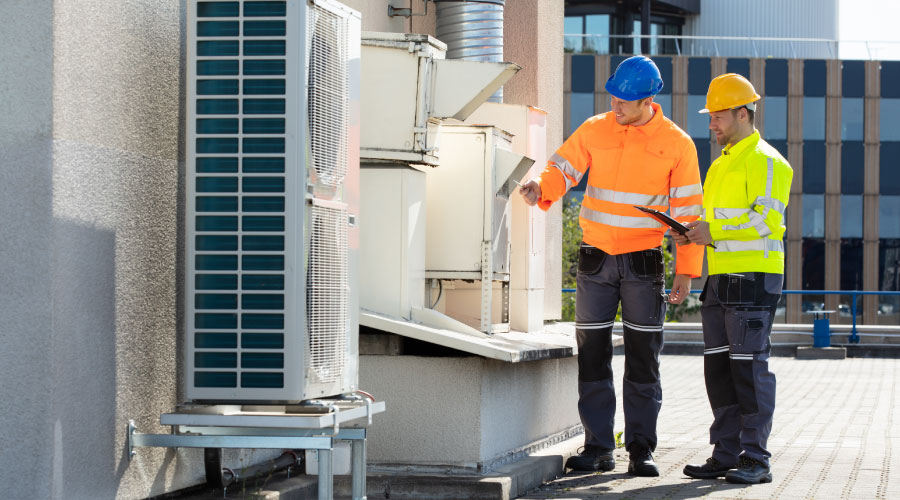Solar Power, Without the Cost
The first such installation is underway in Fontana, Calif., at a 600,000-square-foot distribution center owned by ProLogis. The PV panels are paid for by Southern California Edison — using borrowed cash from investors, who will get credit toward reducing their carbon footprints. ProLogis will act as construction manager for the project and will receive a rent payment for allowing the utility to use its roof space.
ProLogis is a developer of distribution centers, and as such, is a perfect partner for Southern California Edison’s solar initiative.
“Almost all our buildings are single story, so when we say we have 600,000 square feet of floor space, we have that much roof space as well,” says Drew Torbin, ProLogis’s manager of sustainability.
Neither ProLogis nor Southern California Edison could talk about the exact nature of the rent arrangement.
Though ProLogis is the first, Alexander says the utility is in negotiations with the owners of buildings in several other organizations, as well. There are a few criteria that make some buildings preferable for participation in the project. One is obvious: a huge expanse of uninterrupted roof space. Second, the utility is looking for buildings with a relatively tiny internal energy demand. The reason is that if a building has a large demand, a solar installation just to cover the energy needs of that building makes more sense than one where all the power is pumped back into the grid. Third, buildings must have well-maintained roofs and a structure able to support the PV installation. And, fourth, the buildings must be located in growing areas with growing energy demands.
When all is said and done, PVs installed as part of the project will cover more than 65 million square feet (2 square miles) of roof space. The project is expected to take five years to be completed, but ProLogis’s Fontana distribution center should begin producing power by August.
For facility executives, the project is noteworthy because it may open new avenues to solar installations on their own buildings. Granted, only a small percentage of facilities may be eligible to take part in this particular project, but as Alexander says, the goal is to help open eyes across the country to creative ways to produce renewable energy.
“Lots of people have taken a first look at solar,” says Alexander. “But the front end investment was cause for concern. We hope this project will cause a second look, as well as increase awareness.”
Related Topics:














